While Invincible as an Amazon Prime Video animated series is extremely faithful as an adaptation to Invincible as a comic series, there are a few changes, whether minor or major, that occur between the two versions. Both the comic and the animated series of Invincible are incredible, but it’s always worth mentioning the differences between the page and the screen.

Related
Invincible: The Fate of All Characters from the Comics
The most important characters from the Invincible comics have their fates revealed in this article, but beware of spoilers for the Amazon Prime show!
Whether it’s developing further concepts for forgotten characters, or dealing with more problematic issues from a series where ideas have evolved over the years, the differences between Invincible as a comic and a series show the two mediums not as competitors, but as products of their time with both hindsight and a team of writers.
Spoilers ahead for Invincible!
8
The Fate of Shrinking Ray
A Gender-Bent Hero Survives the Encounter with Komodo Dragon
- Featured in: Invincible #40 (April, 2007)
A character who receives hardly any development other than a showcase of shrinking powers is Shrinking Ray, a man who can shrink right down to absurdly small levels and cause quite a bit of trouble from inside an opponent. However, in a battle against Komodo Dragon, and enraged by Dupli-Kate’s death, Ray shrinks down only to be eaten by the villain, and he is dissolved in stomach acid.
When it comes to the animated series, not only is Shrinking Rae a girl, but she survives the encounter after trying to grow back to normal size within Komodo Dragon. She spends months in the Pentagon being rebuilt, but by Season 3, it’s as if the incident never happened.
7
David Hiles – The Missing Villain
Invincible’s First Super Villain Doesn’t Make the Cut
- Featured in: Invincible #1 (January, 2003)
There is an arc completely missing from Invincible, which involves one of Mark’s professors at high school kidnapping his most troublesome students to strap bombs to their chests and allowing them to explode in public places. David Hiles was an engineer turned terrorist, and his story is sadistic and tragic.
David Hiles became radicalized after his divorce and his son’s suicide, and his resentment for the jocks and other cool kids at the high school he worked at resulted in his creation of bomb vests. It was really Invincible’s first villain, but the animated series completely ignores it.
6
Titan’s Family Motivations
Titan is Concerned for His Own Power Than a Non-Existent Family
- Featured in: Invincible #19 (November, 2004)
Titan is an unnamed man with powers to “Rock On” where he can surround his body in a muscular suit of impenetrable rocks. Titan works with Machine Head, or more accurately, works under him as a common thug. Machine Head’s henchman and unwavering attitude to claim the city are seen as dangerous ambitions by Titan, who enlists Invincible’s help to take him down.

Related
Invincible: 8 Comic Characters the Show Can’t Use
Despite the library of characters from the Invincible comics, there are some that probably won’t feature in the animated series due to rights issues.
However, the actual truth is that Titan wanted to dethrone Machine Head so that he could have his seat at the table. There’s no ulterior motive about doing what’s best for his wife and daughter, as that aspect of the character doesn’t even exist in the comic, and he’s just someone who wants to move up in the career criminal world.
5
Omni-Man’s Blistering Humanity
Omni-Man Abandoned Earth to Rule a New Planet Instead of Finding His Humanity
- Featured in: Invincible #26 (September, 2005)
There are immense similarities between Omni-Man in the comics and the show, including how Nolan couldn’t kill his own son and decided to flee Earth to discover himself. Yet, the comic presents Omni-Man as someone who decided to rule a new planet to please his mission from Viltrum, rather than someone who saw people in need.
For the comics, Omni-Man settles on the planet to lessen his punishment for abandoning Earth when the Viltrumites find him, but the animated series has a far deeper connection where Omni-Man wanders the galaxy in a depressive and suicidal state until he saves some Thraxans and they take him to their planet.
4
Amber Bennett’s Abuse
Amber is a Laid Back Girlfriend Who is Controversially Abused by a New Boyfriend
- Featured in: Invincible #56 (December, 2008)
Amber Bennett enjoys the life of a superhero’s girlfriend, and while it can be scary and lonely without her boyfriend in the picture, it’s far better than the alternative for her where she believes he is just selling drugs and isn’t out saving people, thus making her approve of his ideals.
The animated series gives Amber more complexity and worry about her own life and Mark’s as a hero, and when the two do eventually break up, she is seen with a new boyfriend, although it’s unlikely that this will be the same boyfriend to physically abuse her in later issues, causing a controversial storyline that is unlikely to be adapted.
3
Donald’s Cyborg Development
A Cyborg Who Doesn’t Really Care That He’s a Cyborg
- Featured in: Invincible #16 (August, 2004)
Donald Ferguson is Cecil Stedman’s right-hand man – or more accurately, his right-hand robot. Donald is more or less over 90% robot, with barely anything left from the original version. He’s been broken, killed, and repaired for action countless times, and Donald doesn’t seem to care in the slightest in the comics and proudly displays his cybernetics – whether with hands that turn to guns or a flying robot head.
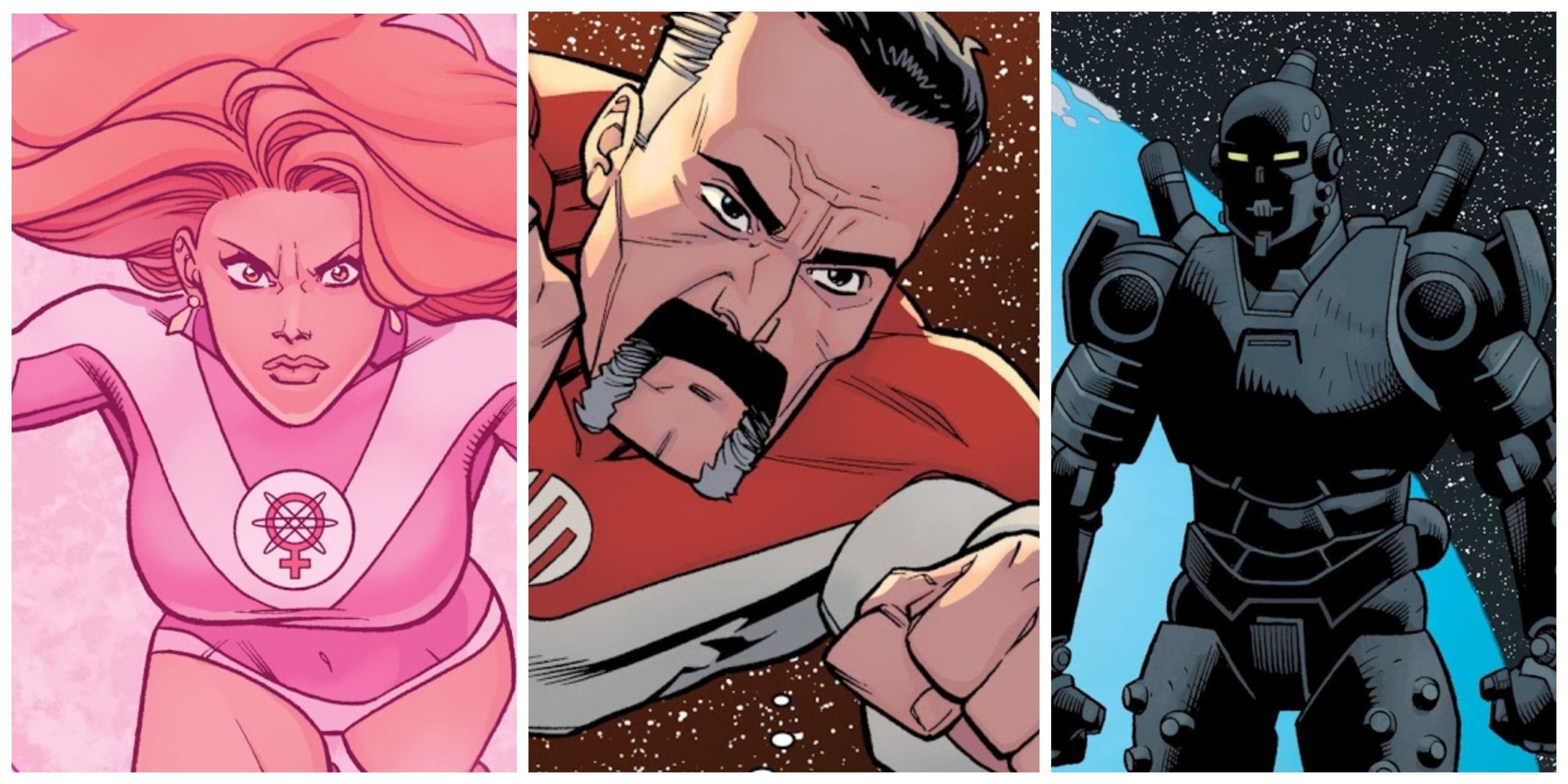
Related
Invincible: Strongest Characters in the Comics
The Invincible comic series harbors characters with immense powers, and the strongest of them rival their animated show counterparts.
However, the animated series does things a bit differently where Donald has his own arc about discovering the truth around his death, and his countless other deaths, and how he is essentially a cyborg. Donald’s development here showcases his fears and grief of losing himself, and it’s an interesting concept that enriches his otherwise quiet and reserved character.
2
Omni-Man’s Shocking Murder of the Guardians of the Globe
Omni-Man Killed Them With Ease in a Shocking Issue Later in the Series
- Featured in: Invincible #7 (December, 2003)
The animated series of Invincible reveals Omni-Man’s sinister deception at the end of the first episode, showcasing how his great power cannot be trusted as he battles the Guardians of the Globe and slaughters them all, but even almost loses and slips into a coma after a hard fight against such powerful heroes.
Yet, the comic version has Omni-Man kill them all very swiftly and with a lot of blood, where he murders them all so effortlessly in just one comic page. Seeing Omni-Man stand tall as their killer 7 issues into the series is a shocking twist that puts into question his entire heroism from previous issues.
1
Invincible’s Adventure with Spider-Man
Invincible Travels to the Marvel Universe, Not Agent Spider’s Dimension
- Featured in: Marvel Team-Up Vol. 3 #14 (November 2, 2005)
In the comics, when Angstrom Levy kidnaps Debbie and Oliver and throws Mark into an alternate dimension, he runs into Spider-Man and Doctor Octopus. While their interaction is but a brief cameo, there’s actually a tie-in comic that has Invincible help Spider-Man beat Doc Ock and meet the Avengers.
For months, fans were highly speculative about Invincible Season 2 showcasing Spider-Man in the finale, but what they received was Agent Spider (played by Josh Keaton) as a homage to the iconic comic. It was obvious that Marvel wouldn’t let their golden boy play in the Invincible universe in an animated show, but it’s still a worthy comic difference that showcases a great spin-off between two iconic characters.
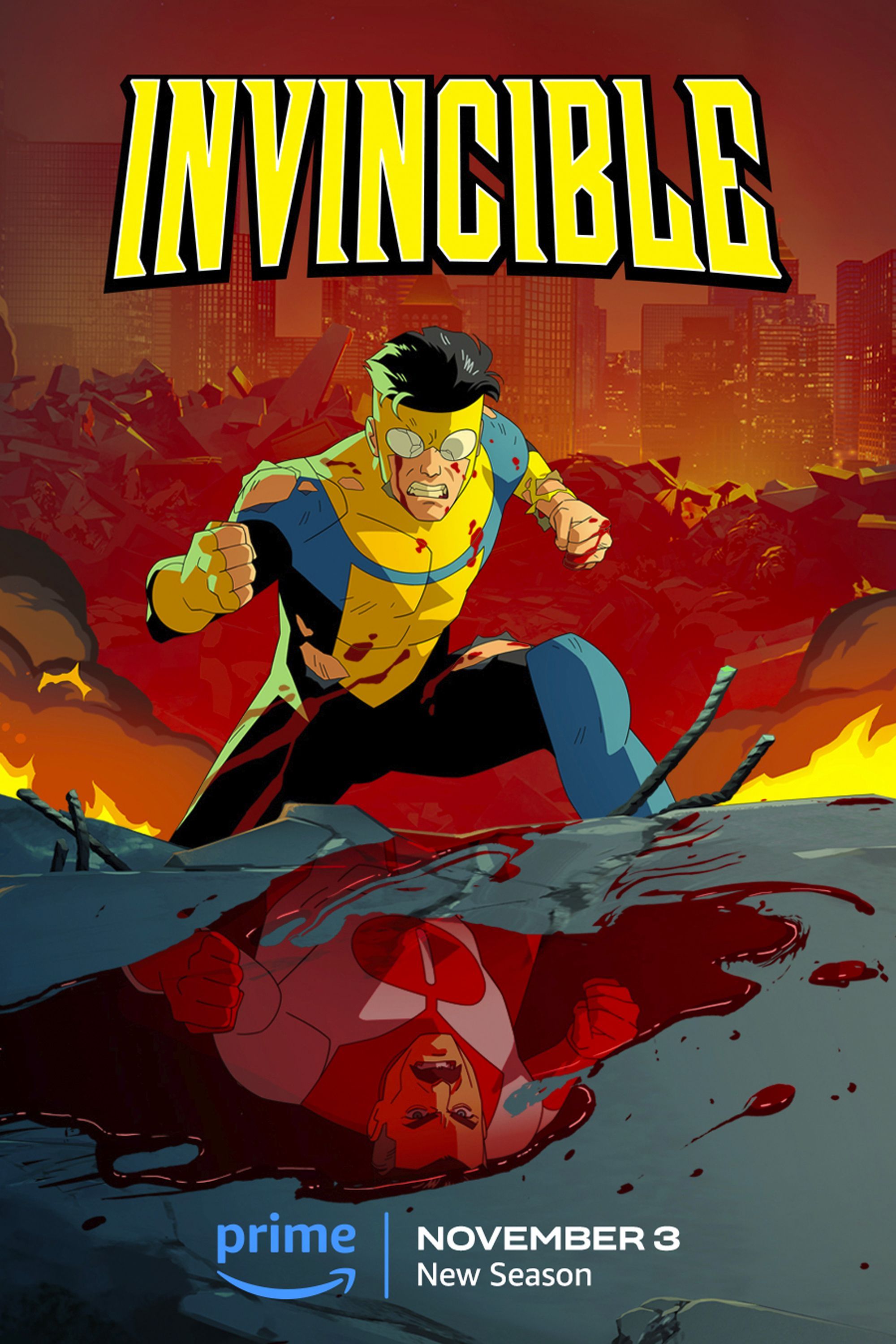
Invincible
- Release Date
-
March 26, 2021
- Network
-
Amazon Prime Video
- Showrunner
-
Robert Kirkman, Simon Racioppa


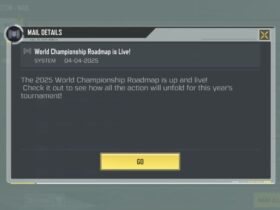


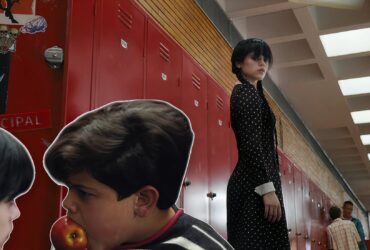


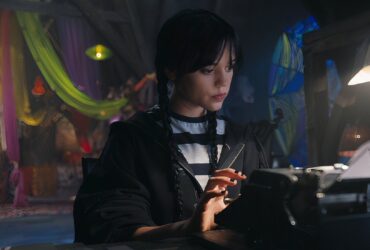


Leave a Reply